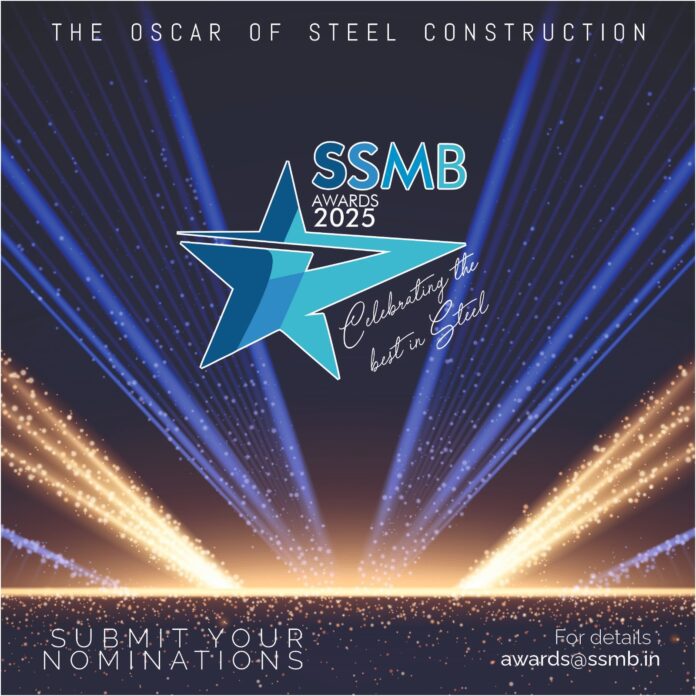The inception of the Science Innovation Hub in Delhi, proposed by the Delhi government and situated in Chirag Enclave, Greater Kailash, embodies a visionary approach to address the educational needs of students and contribute to the local community. The project spans a 30,000 sq m area on the Kautilya Govt Sarvodaya (Co-ed) Vidyalaya site, strategically surrounded by schools and residential areas, ensuring accessibility and quality education for students within their vicinity.
Envisioned as a dynamic space catering to a diverse demographic, from primary students to scholars and researchers, the Science Innovation Hub unfolds as a multifaceted centre offering varied experiences. Featuring a planetarium, auditorium, and a museum showcasing scientific and technological artefacts, the hub emerges as a nexus of exploration and discovery. The architectural form draws inspiration from the ancient connection between nature and science, manifesting aesthetically in its shape and experiential galleries. Rajan Mehta, Architect, Studio Archohm, delves into the intricacies of the design process.
The inspiration
The design philosophy is rooted in recognising science as a reflection of nature. A digital parametric design, inspired by the human-nature relationship, underpins the project’s execution. The overarching goal is to engage the general population, students, researchers, and academics in the realms of science and technology. The building’s shape is meticulously crafted to inspire successive encounters and views, fostering a continuous loop within urban and ecological surroundings.
Outdoor exhibitions and curtain-glazed facades are integral elements enhancing the human-science relationship, emphasising the project’s commitment to improving our understanding of ecology and natural world relationships. With a sprawling plot size of 32,120 sq m and a built-up area of 8,930 sq m, the space is conceived not only to educate and engage visitors but also to envelop them in excitement.
Combining form and function was key, Mehta elaborates, “The innovation hub serves as a medium for research and innovation, embracing diverse approaches and exploring tangents of knowledge. In the context of Delhi’s historical significance as a centre of power, knowledge, and ideas, the hub aspires to redefine the city’s identity based on cutting-edge science and technology. It symbolises the celebration of human curiosity, the pursuit of new horizons, and the culmination of discovery.”
A noteworthy aspect of the hub’s design is its commitment to hands-on scientific learning, advocating for an experiential approach that goes beyond visual learning. The project emphasises interactive exhibits that encourage participants to experiment and explore, aligning with the vision of incorporating practical experience into the Indian education system.

Featuring functionality
The innovation hub’s design and engineering aspects are intricately woven to create a space that integrates nature, technology, and human interaction, fostering an immersive experience for visitors while ensuring operational efficiency.
“At its core,” Mehta says, “the design concept is a visual representation of harmony, with the contour mimicking a natural mountain, symbolising the grounded connection to the environment. Positioned above is the bowl, representing the pinnacle of machinery and innovation, with a focus on human interaction at its heart.” This deliberate arrangement aims to evoke a sense of balance and connectivity within the space.
Surrounding the arena is a continuous ring of interactive and entertaining elements, comprising galleries and lecture halls. The inclusion of a green bowl on the roof accentuates the commitment to sustainable practices, employing the green roof concept to maximise natural light and minimise energy consumption. This thoughtful integration of eco-friendly elements aligns with the project’s overarching goal of enhancing our understanding of the ecology of nature – science and human relationship.
Versatility is a key principle in the design, with most spaces planned to serve multiple functions. Mehta states, “Some areas are earmarked as permanent star attractions, while others feature fluid, flexible fixtures, such as exhibition spaces that undergo monthly or seasonal changes. The open spaces are designed to host a diverse array of events, from Olympiads and talks to quizzes, tech reviews, and product launches. This adaptability ensures a dynamic and ever-evolving environment within the hub.”
The proposal introduces a unique element called the ‘Science Haat,’ facilitating interaction between established innovators and aspiring minds. This platform allows new and upcoming innovators to showcase their work, fostering collaboration and knowledge exchange. Additionally, the design incorporates garden labs, promoting sustainable environmental practices through terrariums and microclimate exhibits, along with workshop spaces for renowned institutions.
The overarching design intent is to create an interactive learning experience that emphasises evolution, progress, and innovation. This experiential approach seeks to celebrate India’s rich contributions to science, technology, engineering, and mathematics.

Material matters
The choice of materials has a huge impact on the overall cost of the project. “Curved reflective glass is one of the major materials that has been used for the structure.” Mehta adds, “Since every part is customised, different sizes for each frame require skilled labour. The overall bowl structure which is again composed of steel, each segment is meticulously planned and calculated.” All of this requires specialised manufacturing techniques. The tilted four structural tubes that are planted to support the bowl also contributed to a further rise in the cost. The estimated cost of this project is Rs 350 crores.
Steel plays a central role in the project, forming the entire frame of the main structure, the bowl. Its use enhances both functionality and aesthetics, ensuring a prominent and visually appealing design.
When asked if there were any challenges in incorporating steel into the design, he said, “Yes, many. Citing this is a simple yet complex structure, a quarter of the sphere that we intend to design as a flying structure, was too complex to design. The calculations of the curved glasses, as each segment of the glass was different. Then, the bowl was supported by four tilted structural tubes in a way that they hide and the structure seems to be floating in the air. That was again a challenge to encounter.”
Quote
“Being a science innovation centre, it has to be a place that works as an evolved design. The hub incorporates a futuristic drone-like structure on the rooftop, resembling a spaceship. This design allows for an evolved experience, providing visitors with the opportunity to feel like they are in a spaceship. Additionally, the presence of a planetarium and proposed museum gallery further supports the hub’s potential for seamless expansion in the future.”
– Rajan Mehta, Architect, Studio Archohm
Fact File
Project Name: Science Innovation Hub, New Delhi
Client: Delhi Government
Architect: Archohm Consults
Consultant: Archohm Consults
Status: Conceptual




